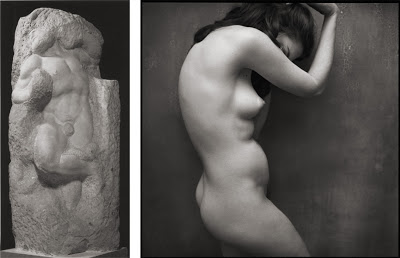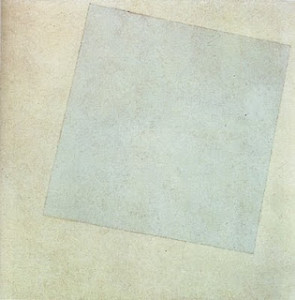As I was taking pictures over the weekend it occurred to me that the act of taking a photograph is reductive. The same is true for sculpting with marble.
Look at these two images:
Michelangelo used chisels and hammers to chip into the block of marble in front of him. He chose what to take away. Mark Seliger was in front of a nude woman. He had to choose what length lens to use, what kind of crop, how far he would be from the subject. In short he had to make decisions on what to leave out or what not to do. From infinite possibilities he made this photo.
I respond to information graphics that are reductive. Take one of my favorite graphics by my friend and mentor, John Grimwade:
Because color is meaning in a information graphic John has kept the pallette minimal. He has excluded extraneous detail. One is able to immediately see the relationship between the yellow underground train and its placement on the map above. By keeping things streamlined I’m struck viscerally by the dynamism of the composition. John understands that white is a color. Look at how he uses it for the architectural details of the airport. These are some of the reasons why John is my favorite information graphics artist working today.
(That diagonal map has always reminded me of this Kazimir Malevich painting:
Talk about reductive.)
Light chips away at darkness. I view darkness as inert mass. When light falls it gives volume to a object by defining its form and edges. We say we are engulfed in darkness, like it is a substance. So the act of lighting something can be considered reductive too.









